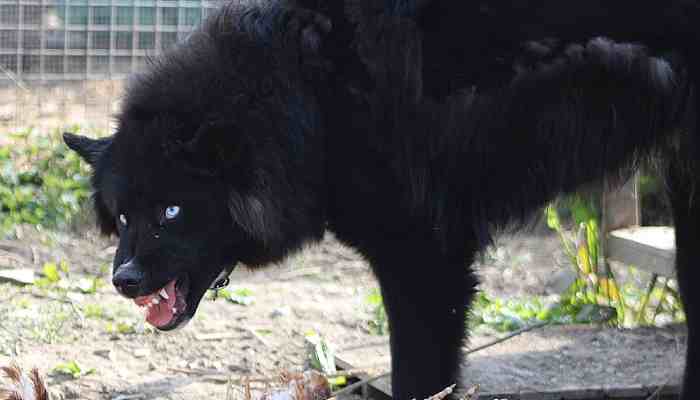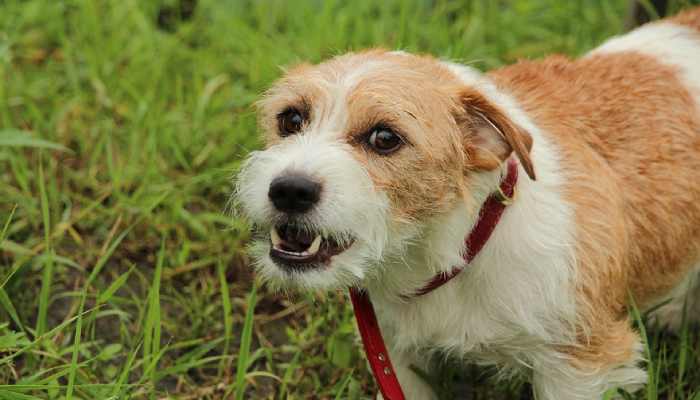Canine protective aggression is a behavioural phenomenon rooted in the evolutionary history of dogs as pack animals. Understanding the psychological underpinnings of this instinctual response is crucial for gaining insights into the complex interplay of emotions, perceptions, and cognition that drive a dog to protect its territory, family, or resources. In this extensive article, we will delve deep into the psychological and behavioural aspects of protective aggression in dogs, exploring the underlying motivations, triggering factors, and the impact of early experiences on this instinct. By unravelling these intricacies, we aim to shed light on the complexities of this behaviour and its implications for responsible dog ownership and management.
Evolutionary Basis of Protective Aggression
To comprehend protective aggression in dogs, we must first examine their evolutionary heritage as descendants of wolves. By tracing the origins of this behaviour back to the wild, we can gain insight into the survival mechanisms that have shaped dogs’ protective instincts over millennia. This section will highlight how protective aggression played a vital role in ensuring the pack’s safety and cohesion, and how these instincts have carried over to modern domesticated dogs.
The Psychological Underpinnings of Protective Aggression
Understanding the psychology of protective aggression is crucial for appreciating the emotional and cognitive processes involved. This section will explore the concept of territoriality and its connection to the dog’s sense of ownership and protection. Additionally, we will discuss the emotional bonding between dogs and their human family, examining the role of attachment and the mechanisms that trigger a protective response in defence of loved ones.
Triggers and Perceived Threats
An in-depth analysis of the triggers and perceived threats that provoke protective aggression is essential for responsible dog owners. This section will explore various situations, such as perceived encroachments on the dog’s territory, perceived threats to family members, or challenges to valuable resources. Understanding these triggers can help mitigate potential conflicts and promote a safer environment for both dogs and their human companions.
Early Experiences and Environmental Influence
Early experiences and socialization play a pivotal role in shaping a dog’s behavioural responses. This section will delve into how early life experiences can influence the development of protective aggression. We will discuss the impact of positive or negative reinforcement, the effects of traumatic events, and how these experiences can shape a dog’s perception of the world, influencing their propensity for protective behaviours later in life.
Recognizing and Managing Protective Aggression
Recognizing and managing protective aggression in dogs is of utmost importance to ensure the safety and well-being of both the canine and their human family. Identifying the signs of protective aggression is crucial; these may include raised hackles, growling, barking, and displaying defensive postures when confronted with perceived threats. It is essential to differentiate protective aggression from other forms of aggression, such as fear-based or territorial aggression, as each requires a tailored approach. Once recognized, effective management involves early intervention, positive reinforcement training, and desensitization to triggering stimuli. Seeking guidance from experienced dog trainers or veterinary behaviourists can provide valuable insights and personalized strategies to address and modify the dog’s protective behaviour. By adopting a patient and empathetic approach, fostering a secure environment, and promoting positive socialization experiences, responsible pet owners can develop a trusting relationship with their protective canine companions, ensuring a harmonious coexistence within the family and the community.
Protective aggression in dogs is a complex interplay of evolutionary heritage, psychological processes, and environmental influences. By understanding the origins of this behaviour and the factors that trigger it, we can cultivate a deeper appreciation for our canine companions and the dynamic nature of their protective instincts. Emphasizing responsible ownership, early socialization, and positive reinforcement, we can create a nurturing environment that fosters a strong bond and promotes a balanced and harmonious relationship between dogs and their human families.



